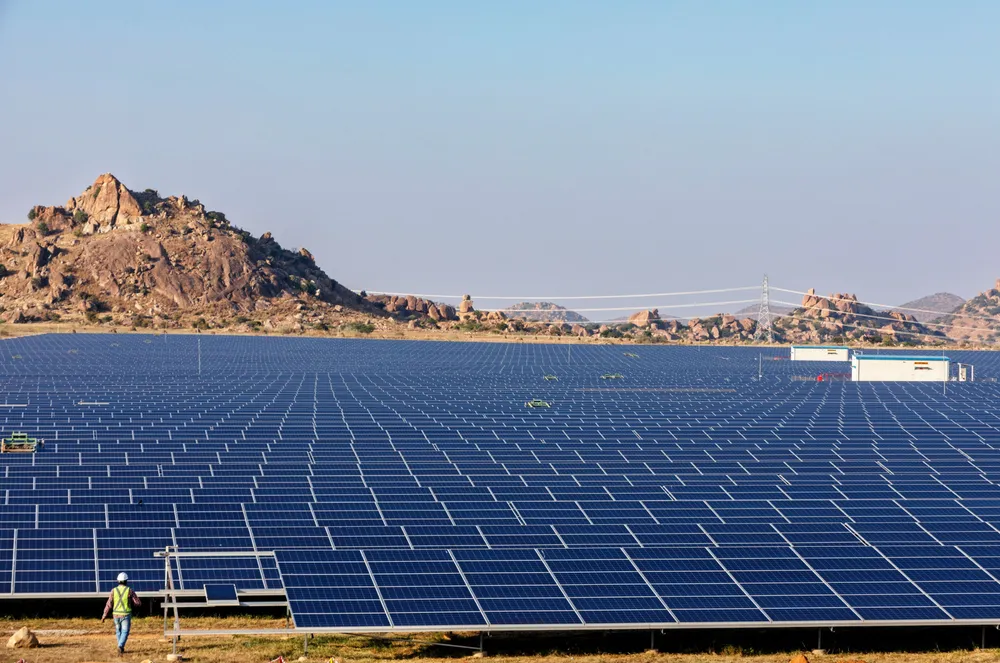Indian hydrogen | Solar firm bags $1bn investment for million-tonne green ammonia project
Solar developer Avaada says it has a 4GW renewables portfolio to support its NH3 plans

Solar developer Avaada says it has a 4GW renewables portfolio to support its NH3 plans
